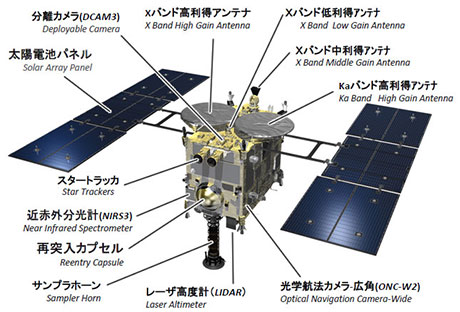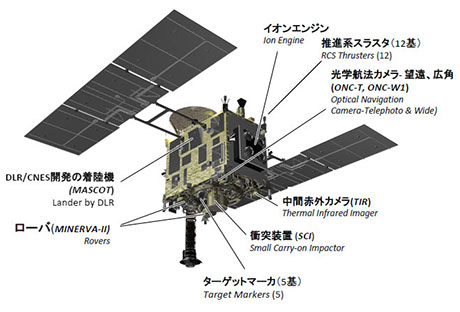About Asteroid Explorer "Hayabusa2"
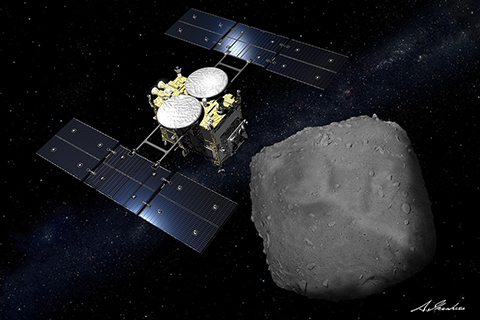 (Courtesy of Akihiro Ikeshita) 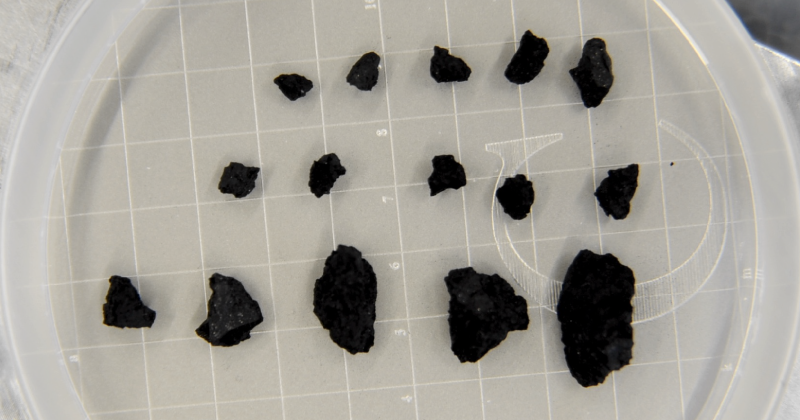 Large-sized sample grains collected from Ryugu (3–10mm) |
On February 22, 2019, Hayabusa2 successfully touched down on asteroid Ryugu and collected samples from the surface. On April 5, an impact device to create the first-ever artificial crater on an asteroid. On July 11, Hayabusa2 went on to make its second touchdown and succeeded in collecting subsurface material. Hayabusa2 then departed from Ryugu on November 13, and on December 5, 2020 sent back to Earth the capsule containing the samples, which was recovered on December 6 in Australia. The weight of the collected samples amounted to 5.4 grams, which was significantly higher than what was aimed for (0.1 grams). Initial analysis of part of the samples performed by universities and collaborating institutions found that this material could potentially provide a variety of information about a time period spanning from before the Solar System was created up to the present day, and that the samples contained organic material such as amino acids as well as water. In the future, the samples will be provided to researchers in accordance with proposals selected from among globally solicited submissions in the hope that these studies will be able to help unravel some of the mysteries surrounding the materials of our Solar System. Hayabusa2 itself is continuing its journey and has entered into an extended mission. The spacecraft is scheduled to explore the asteroid 2001 CC21 in 2026, and the asteroid 1998 KY26 in 2031. Furthermore, joint scientific analysis activities are being scheduled for the samples taken by Hayabusa2 and NASA’s OSIRIS-Rex. |
|---|
Project Topics
indexRegistration is NOW OPEN for The Ryugu AO
|
Finally, the Ryugu AO system starts proposal registration! To join the program, please create your account by March 25th. [Click here for details] ... |
Press Release
indexCharacteristics of Asteroid Explorer "Hayabusa2"
Establishing deep space exploration technology and new challenges
|
Hayabusa2 will utilize new technology while further confirming the deep space round-trip exploration
technology by inheriting and improving the already verified knowhow established by Hayabusa to construct
the basis for future deep-space exploration. |
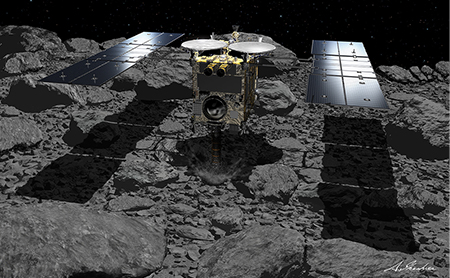 |
|---|
Major Characteristics
| Size | Main structure: 1.0m x 1.6m x 1.4m / Paddle span: 6.0m |
|---|---|
| Mass | Approx. 600kg |
| Target body | Ryugu (C-type, Near Earth Object) |
| Orbit | Round trip between Earth and an asteroid |
| Scheduled arrival at destination | 2018 |
| Scheduled return to Earth | 2020 |
| Duration of stay at the asteroid | about 18 months |
| Major onboard instruments | Sampler mechanism, Re-entry capsule, Laser ranging (LIDAR, light detection and ranging), Scientific mission equipment (near infrared and thermal infrared), Impactor, Rover (MINERVA-II) |
| Launch Date | December 3, 2014 |
| Launch Vehicle | H-IIA Launch Vehicle No.26 |
| Location | Tanegashima Space Center |
